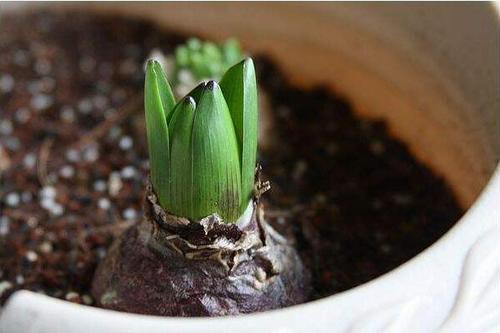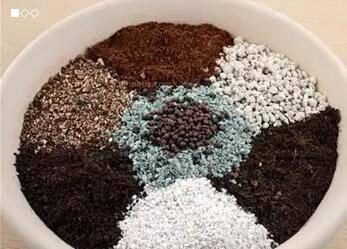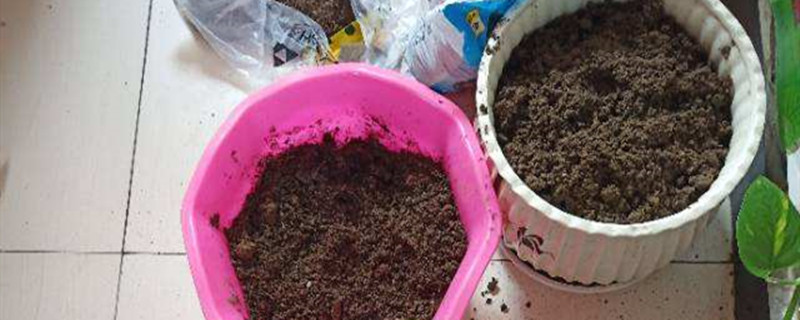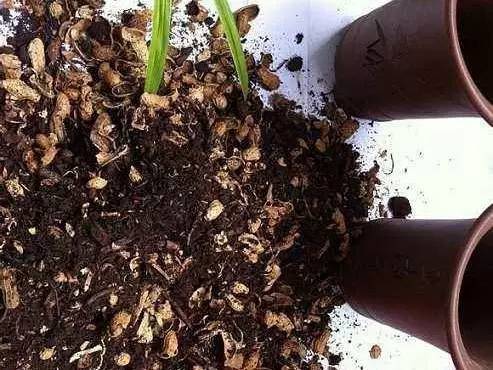Several Tips For Restoring Soil Health
Written by Maggie
Dec 03 2020

When cultivating your plants, do you face the problem of soil fatigue?
During the epidemic, in addition to avoiding crowded places to reduce the spread of the disease, people have gradually developed some new living habits to promote better health and well-being. In all walks of life to promote pollution, green environmental protection, planting has become a new trend.
Soil is the foundation of everything.Ninety-five percent of the planet's food comes from soil, which preserves at least a quarter of global biodiversity and is the basis of food, feed, fuel and fiber production, not only providing multiple services to ecosystems and people, but also helping to combat and adapt to climate change.Back to agriculture, crops to harvest, food to be safe, soil must be healthy!

1. Soil ph
Although the optimum range of soil ph is different among plants, if it is too high (more than pH8.0) or too low (less than pH4.5), the effect on plants will be great. According to expert recommendations, the optimum pH of the soil is 5.5-6.5.
2. Poor physical properties of the soil
With the naked eye, it is not difficult to find the soil density, drainage, the height of the water table, texture, granulosity structure, and then to meet the needs of plants and differences. Good physical properties can not only provide plants with good water retention, but also improve the efficiency of the plants to absorb fertilizers.
3. Appropriate amount of fertilizer in the soil
In modern horticulture or agriculture, fertilization is an art that everyone can but not necessarily all strive for. Excessive use of chemical fertilizers may cause root rot or fertilizer damage and other problems, but also indirectly affect the absorption of other elements' nutrients.
4. Whether there are too many salt products in soil
Improper irrigation or pollution, or excessive use of chemical fertilizers, will lead to excessive salt accumulation. We can dry the topsoil and see if there is a white crystalline surface, which occurs when there is too much salt. Alternatively, use a conductivity test where conductivity greater than 4mmhos/cm represents plant growth retardation.

5. Cultivate the same plant continuously in soil
We should pay attention to whether the same plant is cultivated continuously or close to each other, which causes poor growth. It is necessary to understand the plant culture system, and pay attention to the influence of the former plants on the growth and production of the latter plants. If the root is found to be bad, and too much fertilizer will cause more severe wilt, we should use foliar fertilizer to regulate the growth of plants.
6. Two supplement methods resorting soil health
Organic matter supplement method:
1, Increasing the application of organic fertilizer is the most direct source of soil organic matter.Increasing application of organic fertilizer can not only provide stable and lasting nitrogen, make up for the consumption of nitrogen nutrition in soil, but also provide zinc, iron, manganese and other trace elements.
2. Plant green manure crops appropriately.According to the test, turning over 1 ton of green manure and fresh grass per acre every year will increase soil organic matter by 0.1-0.2%, total nitrogen by 0.01%, total humic acid by 6.1%, and active organic matter by 17.4% after 5 years.
3. Implement straw return to the field.Straw is rich in organic matter and mineral nutrients.

Microbial supplement methods:
Let's start with the benefits of a soil rich in microbes: first, organic matter increases, making the soil darker.The pH of the soil will fluctuate around 6 (suitable for crop growth). Secondly, the increase of soil organisms will promote soil granulation. When the soil has the right amount of air, water and nutrients, the soil will be more fertile.
Microbial supplementation: mainly by the use of microbial fertilizers.Currently, the total number of microbial fertilizer products is registered by the Ministry of Agriculture.
Microbial agents: 9 types of microbial agents: rhizobia, nitrogen-fixing bacteria, lysopholytic bacteria, silicate bacteria, mycorrhizal bacteria, photosynthetic bacteria, organic material decay agents, compound bacteria and soil remediation bacteria.
Microbial fertilizers: 2 biological fertilizers: compound biological fertilizer and biological organic fertilizer.In the form of liquid and solid, solid is divided into powder and particles.

Latest Updated
- Benefits of Bugleweed - 7 Science-backed Health Benefits
- Bugleweed Dangers & Side Effects - Is It Poisonous?
- How to Plant Evergreen Trees - What You Should Know
- When to Plant Evergreens - Grow Guide for Evergreen Trees
- 12 Wonderful Evergreen Shrubs for Your Garden
- 12 Popular Evergreen Plants with Pictures for Beginners
- When And How To Prune A Lilac Bush Like a Pro
- How to Grow & Care for Lilac Vine (Hardenbergia Violacea)
- Japanese Lilac Tree (Syringa Reticulata) Care & Propagation Guide
- Shumard Oak Pros and Cons - What to Know
Popular Articles
- Winter maintenance of Antirrhinum Majus
- How to Grow Terminalia Mantaly Tree
- How to Grow and Care for Crossostephium Chinense
- How to grow Antirrhinum Majus in spring
- Peristeria Elata (Dove Orchid) Profile: Info & Care Guide
- Underwatered Snake Plant (Sansevieria Trifasciata) - Signs And How To Fix
- How to Care for Brazilian Jasmine Plant (Mandevilla Sanderi)
- How to Grow & Care for Graptopetalum Purple Delight in Summer
- Rosa Chinensis (China Rose): Plant Growing & Care Tips
- How to Care for Baby Sun Rose (Aptenia Cordifolia)